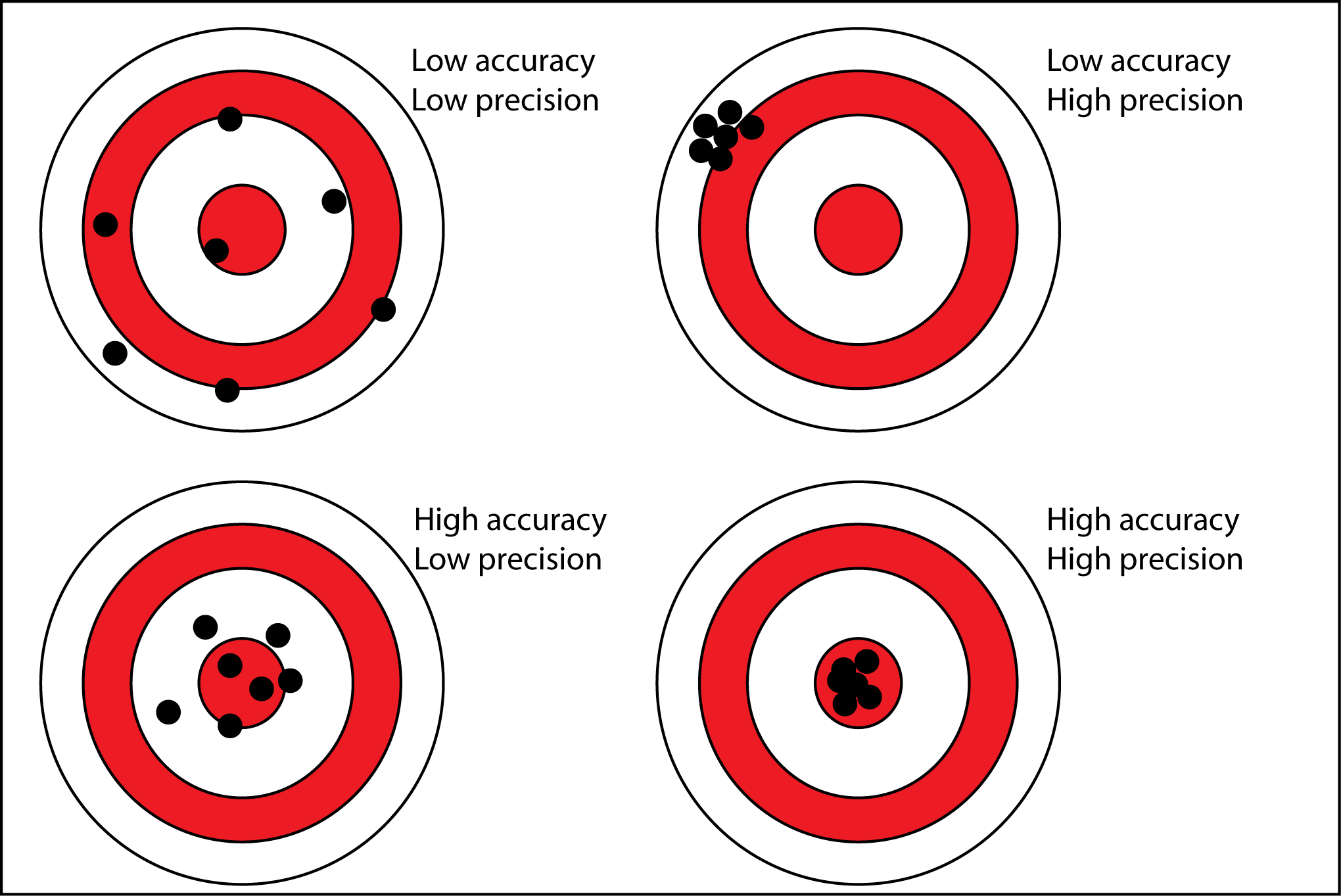I fail to see how accuracy would depend on the method of energy transfer.
In the case of archery, an arrow whose shaft flexes is more accurate than an arrow whose shaft is stiff, even if they are fired by the same bow.
The reason for that is that the combination of fletching and shaft vibrations causes rotation of the projectile along the axis of movement, granting rotational momentum and ultimately gyroscopic stabilization.
Then, of course, there is the matter of what guides are used.
For example take into account solenarion archery. (Link1, Link2, Link3)
But most importantly, how do you measure accuracy and can you differentiate it from precision? (Link)








 Reply With Quote
Reply With Quote

















